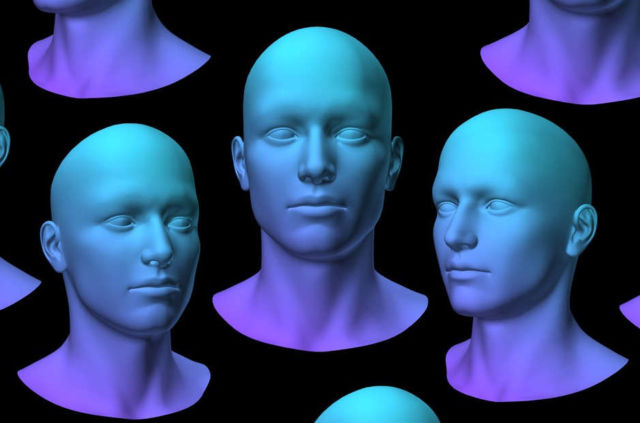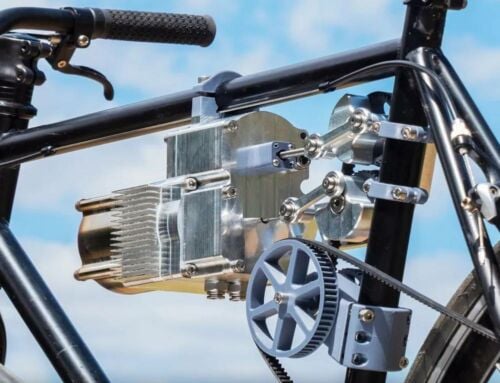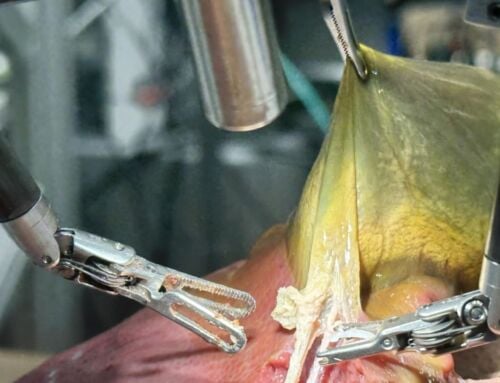Machine-learning system that spontaneously reproduces aspects of human neurology, can identify portraits regardless of the rotation of the face.
MIT researchers and their colleagues have developed a new computational model of the human brain’s face-recognition mechanism that seems to capture aspects of human neurology that previous models have missed.
Tomaso Poggio, a professor of brain and cognitive sciences at MIT and director of the Center for Brains, Minds, and Machines, has long thought that the brain must produce “invariant” representations of faces and other objects, meaning representations that are indifferent to objects’ orientation in space, their distance from the viewer, or their location in the visual field.
The researchers designed a machine-learning system that implemented their model, and they trained it to recognize particular faces by feeding it a battery of sample images. They found that the trained system included an intermediate processing step that represented a face’s degree of rotation — say, 45 degrees from center — but not the direction — left or right.
This property wasn’t built into the system; it emerged spontaneously from the training process. But it duplicates an experimentally observed feature of the primate face-processing mechanism. The researchers consider this an indication that their system and the brain are doing something similar.
“This is not a proof that we understand what’s going on,” says Tomaso Poggio, a professor of brain and cognitive sciences at MIT and director of the Center for Brains, Minds, and Machines (CBMM), a multi-institution research consortium funded by the National Science Foundation and headquartered at MIT. “Models are kind of cartoons of reality, especially in biology. So I would be surprised if things turn out to be this simple. But I think it’s strong evidence that we are on the right track.”
Image credit MIT
source






Leave A Comment